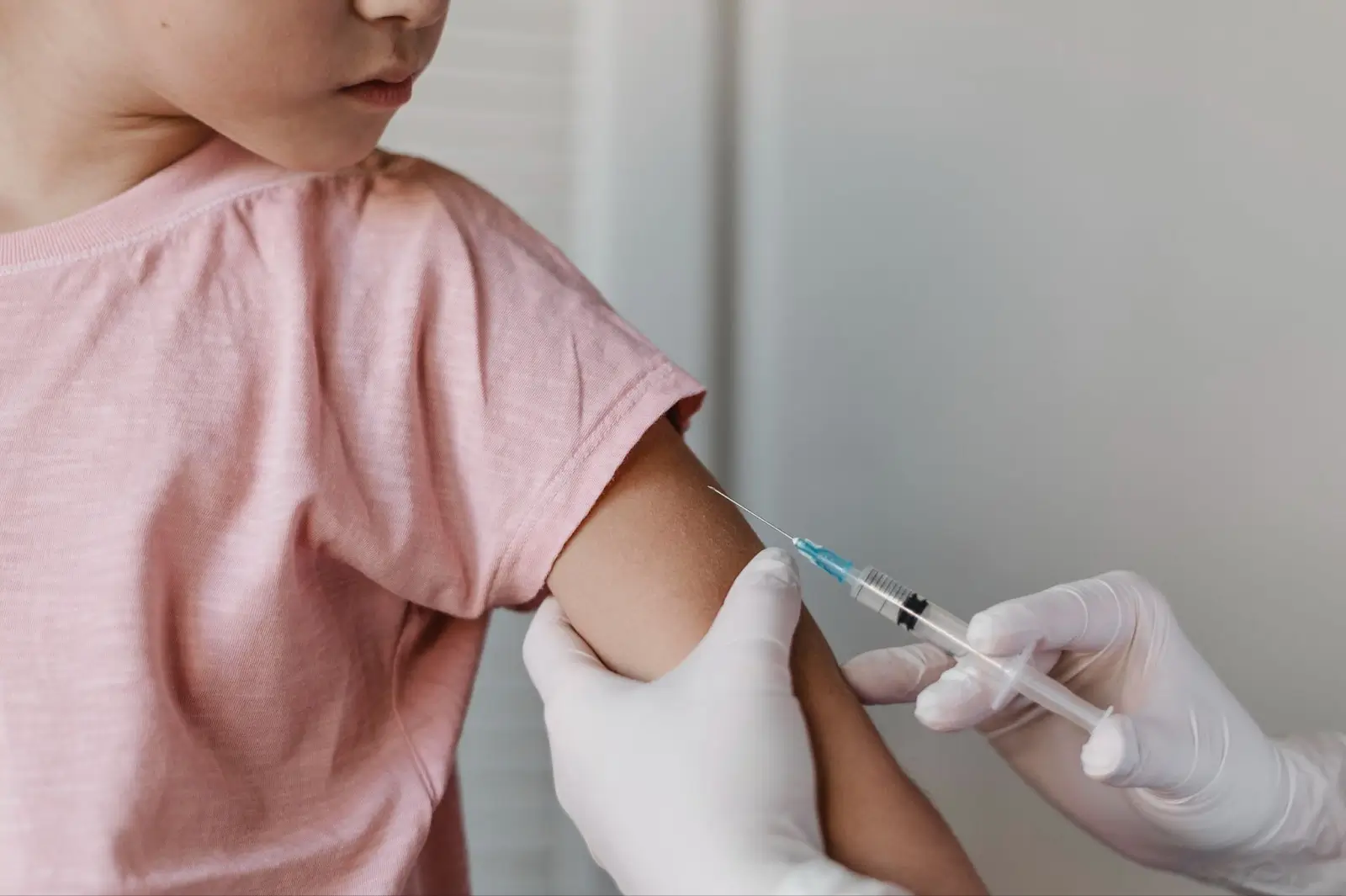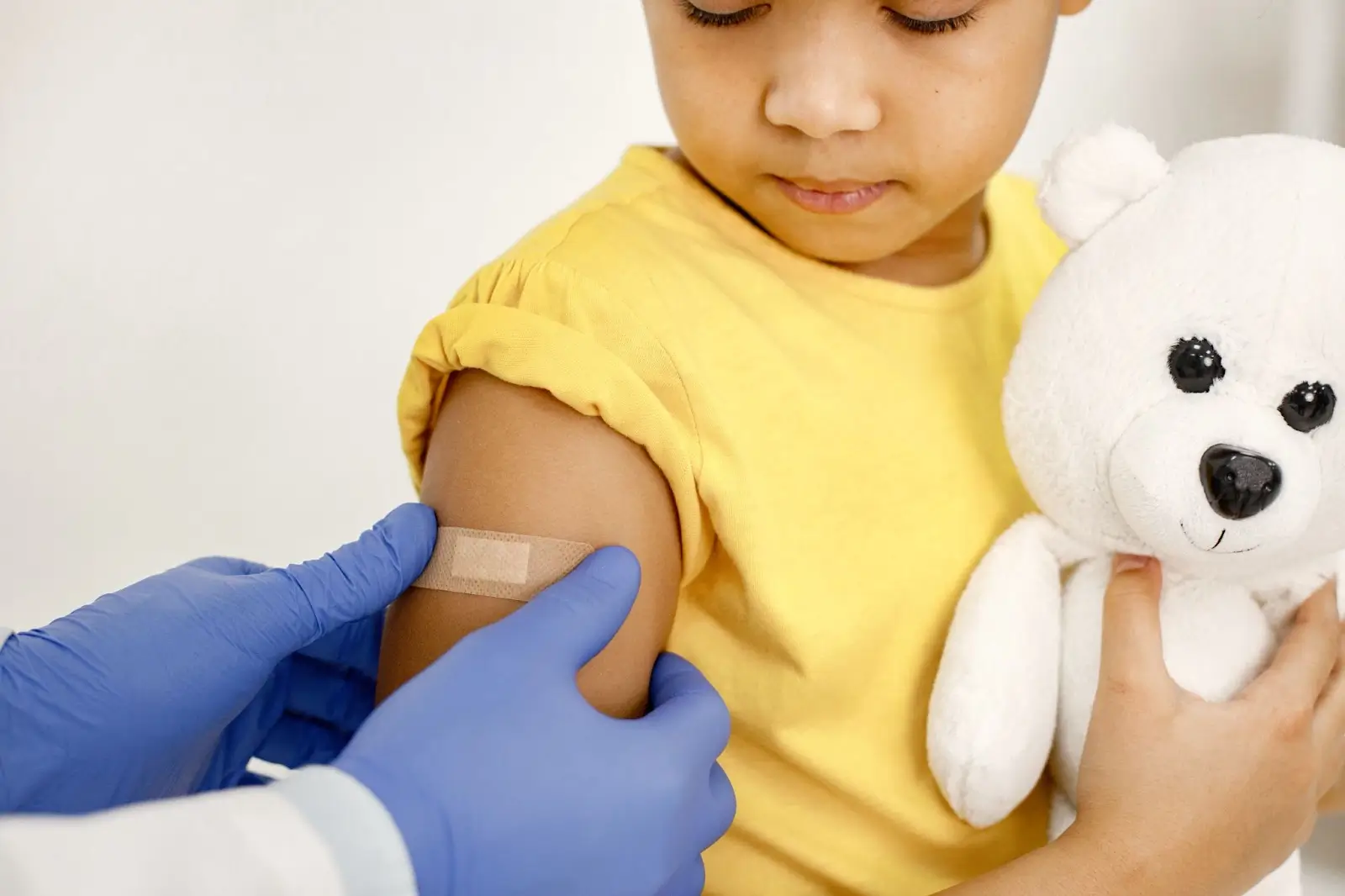Only for Licensed Professionals
Only for Licensed Professionals
.webp)
Gardasil Dose Intervals and Dosing Schedule
Nina Petrovic
Last Updated On: July 26, 2025
Did you know that about 85% of people will contract HPV (human papillomavirus) at some point in their lives? In the U.S. alone, HPV is linked to nearly 37,800 cancer cases each year, most commonly cervical cancer. That’s why HPV vaccination has become such a vital public health tool.
Among the available options, Gardasil 9 is one of the most widely used and effective vaccines. It protects against nine high-risk HPV types and plays a major role in reducing the risk of HPV-related cancers. But like many vaccines, timing matters—especially when it comes to how many doses you need and when you should get them.
In this article, we’ll walk you through the Gardasil dosing schedule, including who gets two doses versus three, how the intervals work, and why following the right timeline can make a big difference in your protection.
Key Takeaways
- Gardasil 9 protects against nine high-risk HPV types and plays a vital role in preventing HPV-related cancers, including cervical, anal, and penile cancer.
- Dosing schedules are based on age and immune status. Individuals who are aged 9–14 (immunocompetent) follow a two-dose regimen (0 and 6–12 months). Meanwhile, those aged 15–45 or immunocompromised follow a three-dose regimen (0, 1–2 months, and 6 months).
- Following minimum intervals between doses is critical for establishing long-term immunity.
- Catch-up vaccination does not require restarting the series. Doses are resumed where they left off, with any necessary timing adjustments.
- Adults aged 27 to 45 may still benefit from vaccination, based on shared clinical decision-making, particularly if they are unvaccinated or at risk of exposure.
- Proper injection technique, accurate recordkeeping, and patient education are key to ensuring safe and effective Gardasil administration.
- Adhering to the recommended dose intervals, educating patients on vaccine timing, and promoting consistent follow-up help maximize the vaccine’s protective benefits.
About: Operating since 2016, Med Supply Solutions is known for being one of the industry’s top and trusted suppliers of cosmetic and viscosupplementation products. If you’re interested in purchasing Gardasil online, please contact our sales department for more information.

Understanding Gardasil’s Two-Dose and Three-Dose Regimens

Understanding the correct dosing schedule for Gardasil 9 (the 9-valent HPV vaccine) is crucial to achieving its full protective benefit. The vaccine’s regimen is tailored primarily based on age at initiation and immune status. In general, healthy children ages 9–14 are eligible for a two-dose schedule, while individuals 15 years and older, or those who are immunocompromised, follow a three-dose regimen to ensure robust immunity.
Below is a practical overview of Gardasil dosing by patient group:
| Patient Group | Recommended Schedule | Interval Details |
| Children (ages 9–14, healthy) | Two-Dose Regimen | 2 doses at 0, then 6–12 months later. If dose 2 is given less than 5 months after dose 1, a third dose must be administered ≥4 months later. |
| Teens/Adults (ages 15–45) | Three-Dose Regimen | Doses at 0, 1–2 months, and 6 months. Minimum spacing: ≥4 weeks between doses 1 and 2, ≥12 weeks between doses 2 and 3, and ≥5 months between doses 1 and 3. |
| Immunocompromised (all ages 9–45) | Three-Dose Regimen | Follows the same timing as healthy individuals 15+, ensuring enhanced immune protection. |
By aligning Gardasil administration with age and immune capacity, healthcare providers can boost antibody production and provide more durable HPV protection. The two-dose regimen offers added convenience for younger adolescents, while the three-dose approach remains essential for patients with greater vulnerability to infection.
Gardasil Timing Based on Age and Immunocompetence

The effectiveness of HPV vaccination is closely linked to the timing of each dose. Gardasil’s schedule varies based on both the age of initiation and the patient’s immune status. This distinction is especially important when counseling families and adult patients about long-term cancer prevention.
Ages 9–14 (Immunocompetent)
This group follows a two-dose series, with the second dose given 6 to 12 months after the first. If the second dose is administered too early (less than 5 months after the first), a third dose is required to complete the series effectively.
Ages 15–45 (Immunocompromised)
Individuals in this category receive the three-dose schedule at 0, 1–2 months, and 6 months. For full validity, the minimum spacing must be respected:
- At least 4 weeks between the first two doses
- At least 12 weeks between the second and third
- And 5 months minimum between the first and final dose
Following these guidelines ensures patients mount a strong, long-lasting immune response, whether they’re vaccinated early in adolescence or later in adulthood. This schedule applies to all genders, and is particularly relevant when discussing Gardasil for men, as male patients also benefit from protection against genital warts and HPV-related cancers like anal and penile cancer.
Catch-Up Vaccination and Delayed Dose Scenarios for Gardasil
Missed appointments or delayed vaccines are common, but fortunately, Gardasil’s schedule offers flexibility without compromising effectiveness. There’s no need to restart the series regardless of how much time has passed, as long as previous doses are documented.
Key guidance for catch-up scenarios includes:
- Simply resume from where the patient left off—previous doses still count toward completion.
- If the second dose was given too early (i.e., less than 5 months after the first), a third dose should be administered ≥4 months later to ensure long-term immunity.
- For patients aged 27–45, vaccination is still recommended based on shared clinical decision-making, particularly if they are not sexually active or have limited prior HPV exposure. While efficacy is reduced with age, meaningful benefits remain.
By clarifying these catch-up rules, healthcare providers can help patients stay on track without confusion or unnecessary repetition, improving vaccination rates across all age brackets.
Practical Guidance for Administering Gardasil on Schedule
Administering Gardasil 9 effectively means doing more than just giving the shots—it also involves ensuring patients are educated, tracked, and screened appropriately.
Key best practices include:
- Proper Injection Technique: Gardasil must be given intramuscularly, usually in the deltoid (upper arm) or anterolateral thigh. Correct administration improves vaccine absorption and reduces the risk of injection site reactions.
- Accurate Recordkeeping: Meticulously document vaccination dates to ensure proper spacing and compliance with dosing schedules. This is especially critical in determining eligibility for the two-dose versus three-dose regimen.
- Patient Education on Timing: Reinforce the importance of timely follow-up during the first visit. When patients understand why the intervals matter, they’re more likely to return on time and complete the full series.
- Monitor for Contraindications: Always review the patient’s medical history for yeast allergies, prior vaccine reactions, or any immune conditions that may require consultation before vaccination.
- Inclusive HPV Education: Ensure all patients, including males, understand that HPV prevention is not gender-specific. Emphasize that vaccination protects against multiple cancers, not just cervical cancer, helping normalize this conversation across genders and age groups.
When these protocols are consistently followed, Gardasil can deliver optimal immunity and play a powerful role in public health HPV prevention strategies.
Conclusion
The success of Gardasil 9 depends not only on vaccine availability but on timely and accurate administration. The two-dose regimen is best suited for healthy adolescents aged 9–14, while the three-dose series is critical for individuals 15+ and those with compromised immune systems.
Catch-up vaccination remains a valuable tool through age 45, offering protection even for adults who missed early vaccination. With proper dosing intervals, patient counseling, and inclusive education, healthcare providers can improve adherence, reduce HPV-related disease burden, and ensure the vaccine performs at its highest potential for everyone, including those often overlooked in HPV discussions.
FAQs
1. What happens if someone gets the second dose too early?
If the second dose is given less than 5 months after the first in a two-dose series, a third booster dose is needed at least 4 months later.
2. Can adults aged 30 still get vaccinated with Gardasil?
Yes. Anyone up to the age of 45 may receive Gardasil after consulting with a healthcare provider to assess personal risk and benefit.
3. Is Gardasil effective for men?
Yes. Gardasil for men offers protection against anal, penile, and oropharyngeal cancers, along with genital warts. It’s FDA-approved for ages 9–45.
4. Do immunocompromised individuals need a different schedule?
Those with weakened immune systems must receive a complete three-dose regimen, regardless of starting age, to generate adequate immunity.
References
Centers for Disease Control and Prevention. Cancers linked with HPV occur each year. CDC. Updated June 11, 2025. https://www.cdc.gov/cancer/hpv/cases.html
SingleCare Team. HPV statistics 2025. SingleCare. Updated April 8, 2025. https://www.singlecare.com/blog/news/hpv-statistics/
Products
Cart
Log In
Newsletter
Subscribe for exclusive offers and updates on new arrivals
Share feedback at:
Working Hours
MON - SUN 9AM to 6PM EST
The Most Popular Brands
Med Supply Solutions
Support
Secure checkout is guaranteed with full adherence to PCI DSS payment standards.
Products listed here are guaranteed authentic and manufacturer-sourced.
Pay easily with trusted providers


*Google and Apple Pay are currently only available via a direct link provided by your account manager.
Copyright 2025. Med Supply Solutions